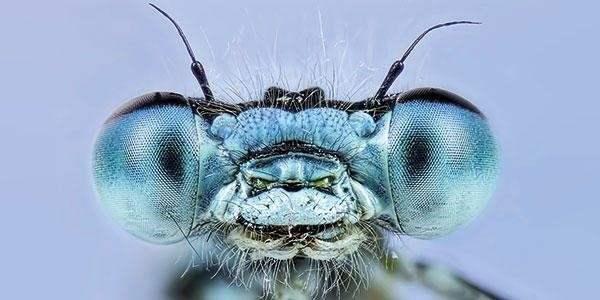Let there be light: vision in animals
Kim Thomas looks at the genesis of the eye and the rich variety of optical systems in the animal kingdom.
If you want to study how animals see, a little ingenuity is required. Last year, scientists from the University of Minnesota strapped 3D glasses to cuttlefish and showed them an underwater video of shrimp, to work out how they judge distance when attacking prey (Feord et al, 2020). The cuttlefish saw shrimp moving along in slightly different positions with each eye, the same technique used in 3D movies. When the researchers varied the spacing between the shrimp images, in a way that would make them seem nearer or further away to a human wearing 3D glasses, the cuttlefish adjusted their striking distance before lunging at the shrimp. The Minnesota team concluded that, contrary to expectations, cuttlefish use stereopsis, just as humans do.
Not already a member of the College?
Start enjoying the benefits of College membership today. Take a look at what the College can offer you and view our membership categories and rates.
Related further reading
Maajid is a locum who's taken on a new role at a practice where a vital piece of equipment is not working and will not be replaced for several months. What should he do?
This article focuses on the tests used for the detection and measurement of binocular anomalies, many of which can be performed without the need for expensive or sophisticated equipment.
This article provides practical advice on the detection and management of amblyopia and uncorrected refractive error in children.
